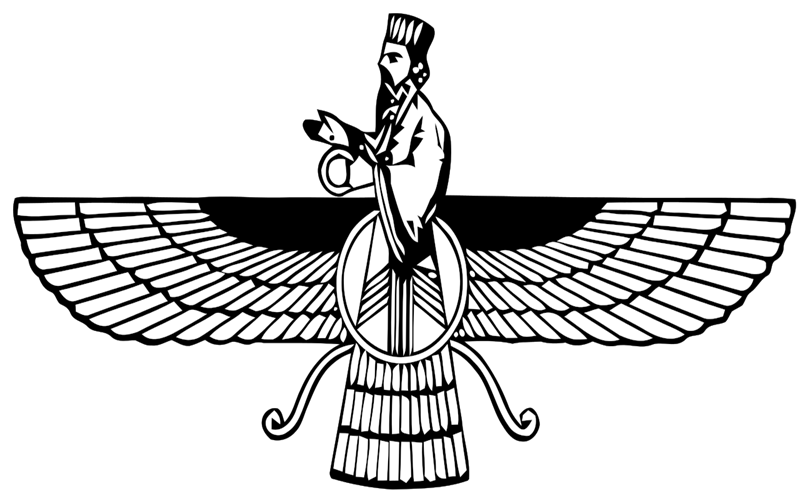Copyright 2020 - 2021 irantour.tours all right reserved
Designed by Behsazanhost
The Zoroastrians of Esfahan
The Zoroastrians of Esfahan
Zoroastrians are amongst the initial citizens and the local people of old Esfahan, Gabay, Gay, or Jey that lived in the two ancient and historical areas of Sarouyeh and Mehrin, now known as "Tappeh-e-Ashraf and the Atashgah, respectively. Regarding this fact, the only surviving ancient Esfahan is the Atashgah which belonged to the Zoroastrians. A quick review of their background in this region along with the Jewish tribe that founded the city Sepahan (Esfahan) is well worth mentioning.
 |
| Faravahar (or Ferohar), one of the primary symbols of Zoroastrianism, is believed to be the depiction of a Fravashi or the Khvarenah |
After the conquest of Esfahan by the Arabs, (7th century), the local people had three choices: first, to stay in their homeland and pay annual taxation (Jazieh): second, to convert to Islam, or third, to emigrate from the homeland to the eastern lands. According to the chronicles of Esfahan, one can rarely find any information about the followers of Ahura Mazda (the God of this monotheistic religion). History has it that they were living
- Details
- Category: Esfahan Tourism